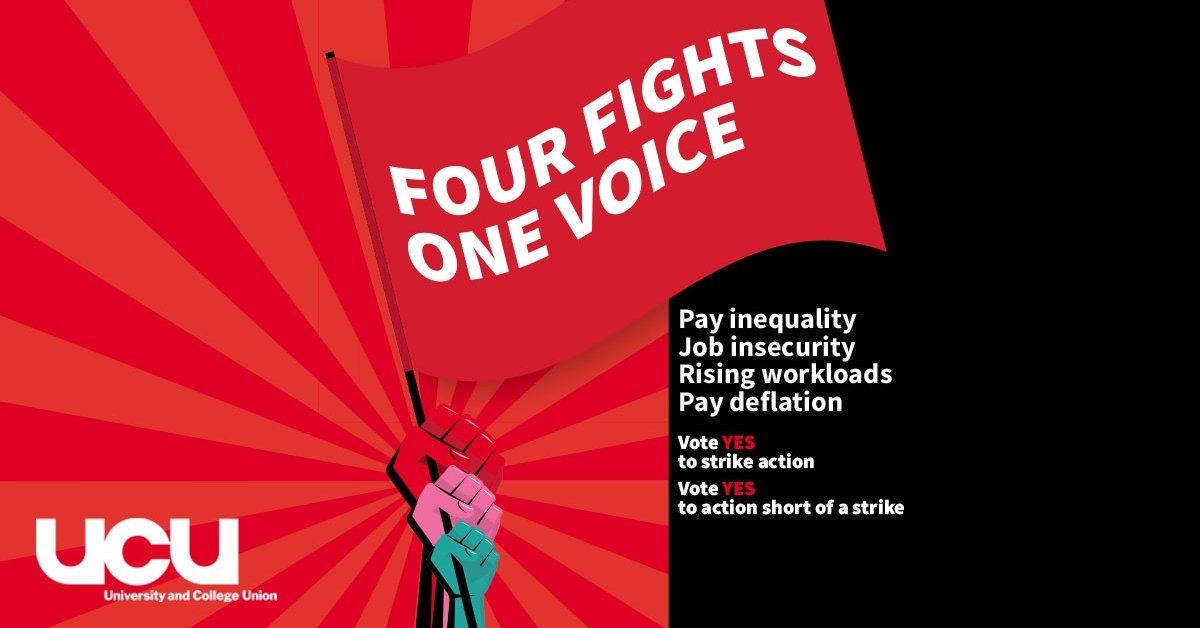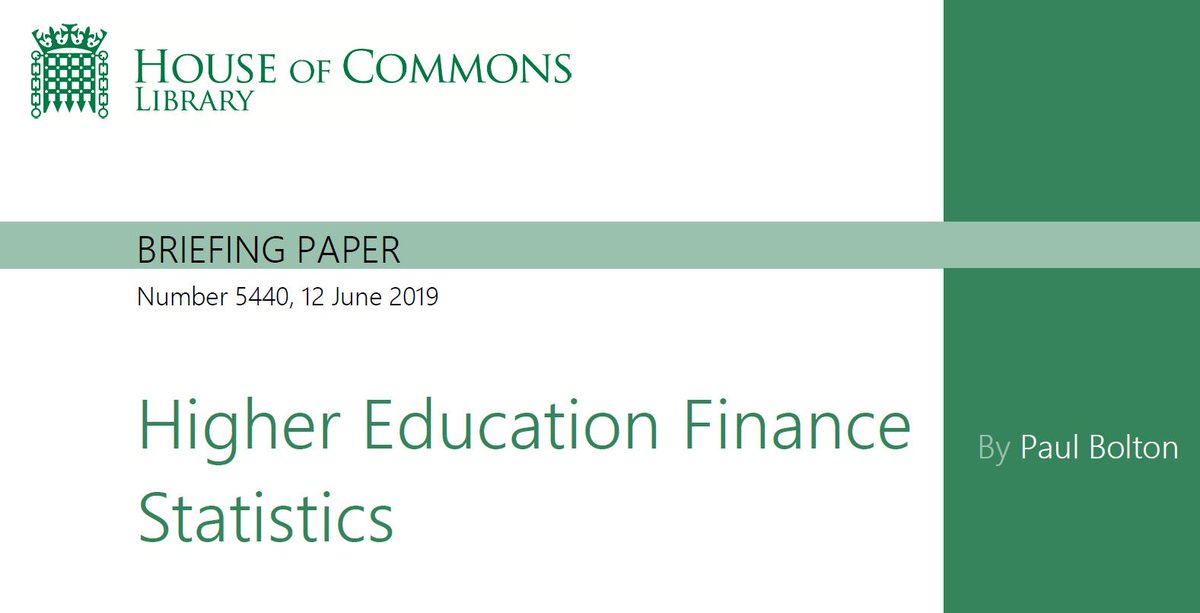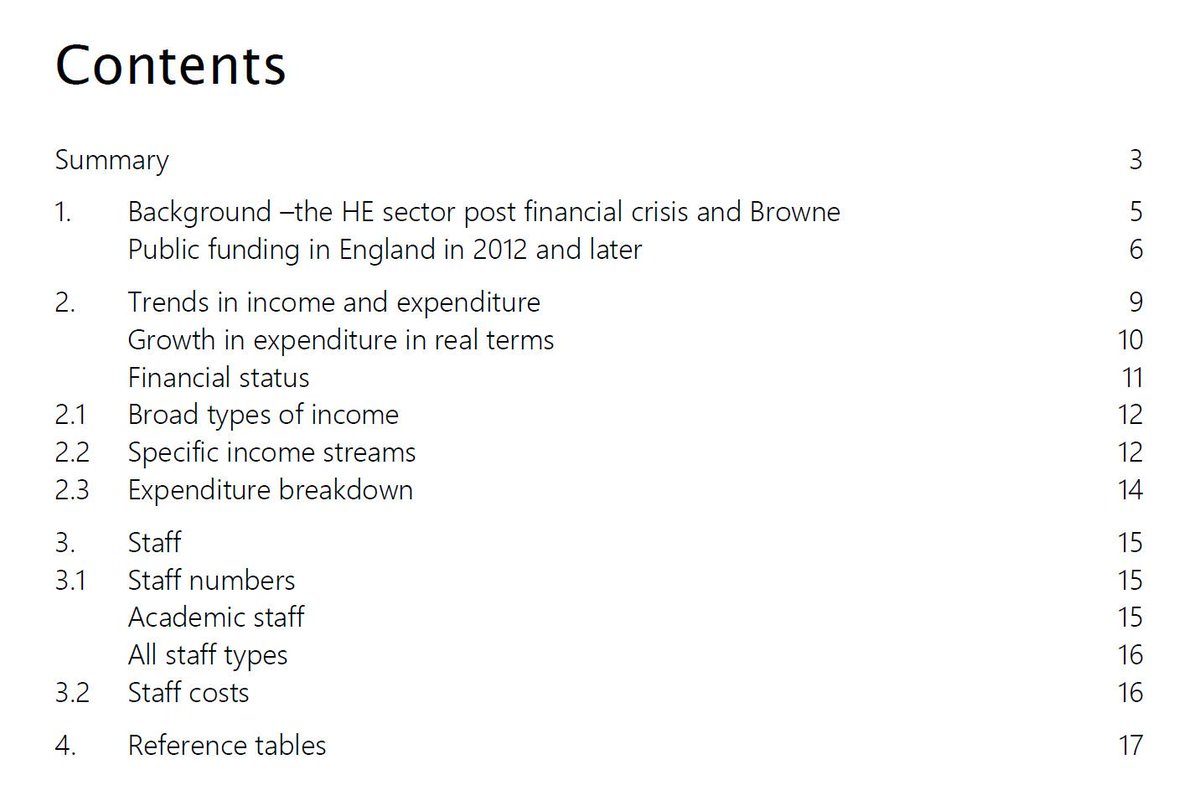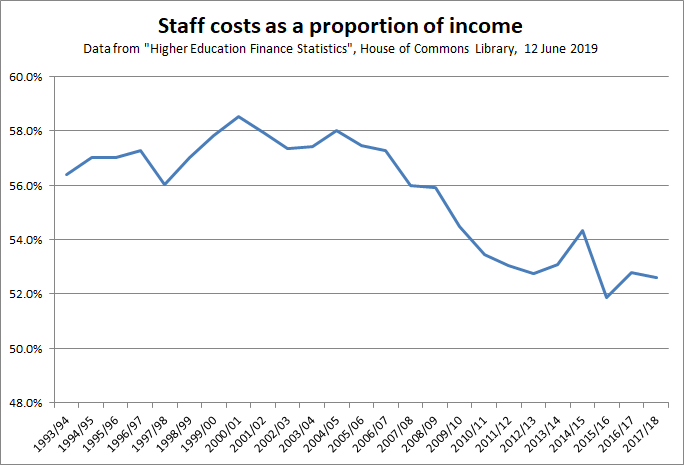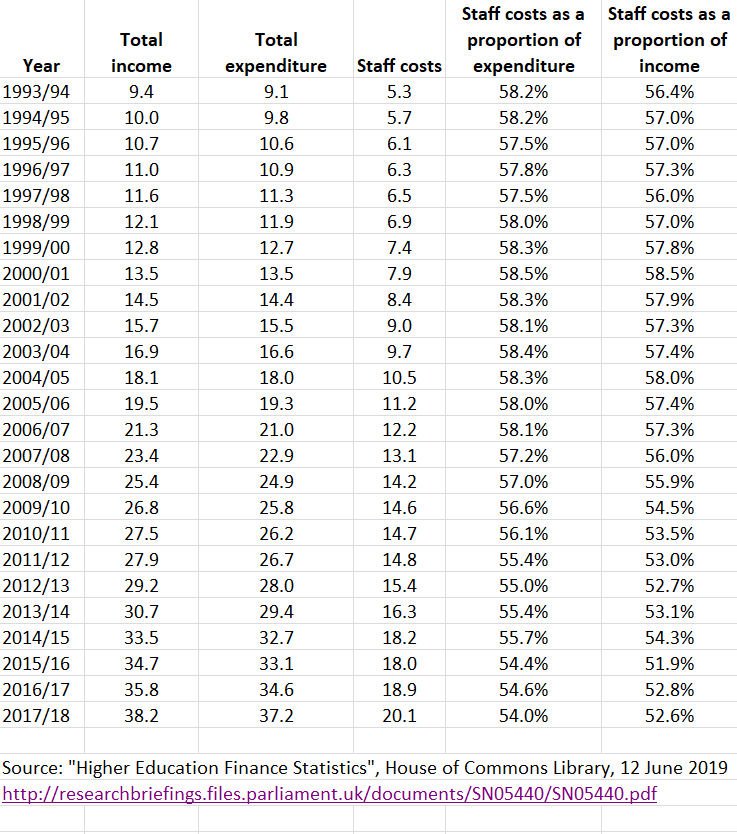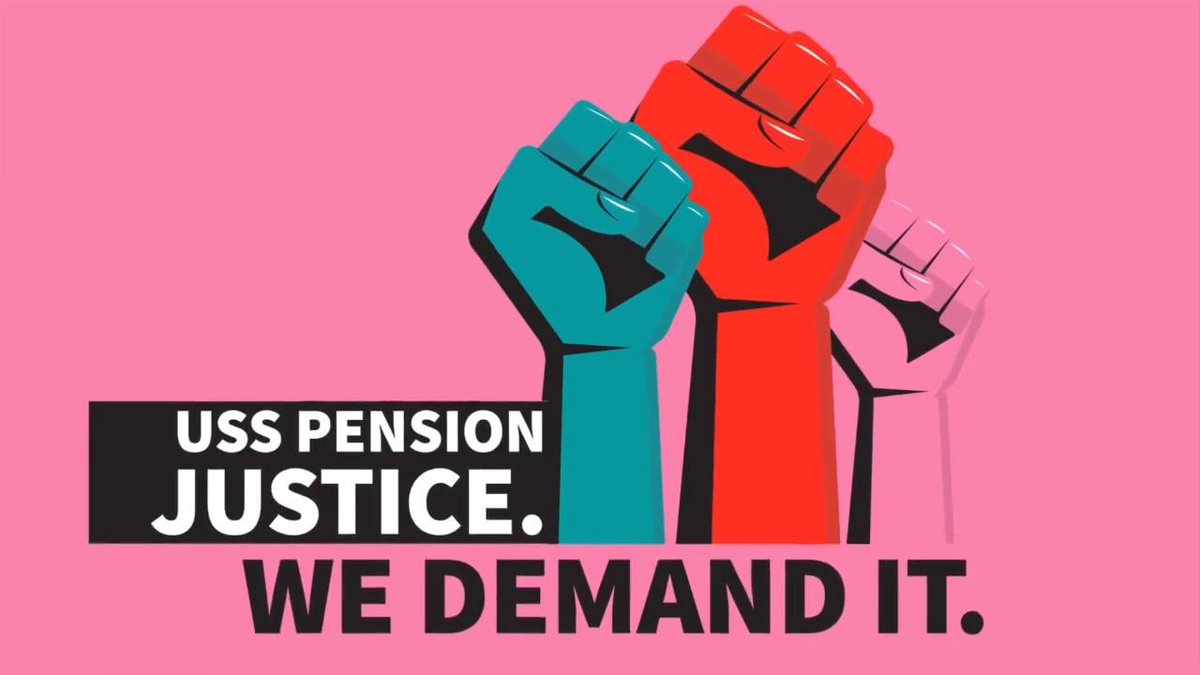Two crucial Higher Education ballots open today! With one on pay, equality, job security, and workload, and the other on #USS pensions, both disputes centre on whether employers can afford to pay to fix the issues. So can they? Here are the facts. 1/
Affordability is all about priorities. The question is: how highly are staff prioritised in higher education spending? The answer (in aggregate) is found in the "Higher Education Finance Statistics" report, produced earlier this year by @commonslibrary. 2/ https://researchbriefings.parliament.uk/ResearchBriefing/Summary/SN05440">https://researchbriefings.parliament.uk/ResearchB...
There are two measures of spending on staff that can be looked at: staff costs as a proportion of expenditure, and staff costs as a proportion of income. Data on both is in @commonslibrary report. 3/
And what do the figures show? Spending on staff has fallen *significantly* as both a proportion of total spend and as a proportion of income over the last decade. The money has instead gone to costs relating to building (depreciation, interest on loans) and surplus generation. 4/
Staff costs as a proportion of expenditure were relatively stable at ~58% for the period 1993-2007, before starting their descent to below 54%. As a proportion of income, the fall has been from around 57% a decade ago to less than 53% now. 5/
So let& #39;s look at the claim by @USSemployers that paying all of the increases resulting from the 2018 valuation is "simply unaffordable" for the sector. What would be the implications on staff costs of them picking up the bill? Well, we can estimate an upper bound as follows. 6/
Start with the simplifying assumption that staff costs consist only of base salary plus pension contributions, and that all staff are in USS. The result of these assumptions will be to overestimate the total spend in both cases. 7/
If employers pay all increases due in October, staff costs will go no higher than 55% of expenditure (less than every year prior to 2014/15). Even taking the large hike scheduled for October 2021 will send the figure no higher than 56% (less than every year prior to 2010/11). 8/
The effect on staff costs as a proportion if income is similar: employers taking the first wave of increases would send the figure to <54.7% (less than every year prior to 2008/09), and the hike in October 2021 to <56.5% (lower than every year bar one prior to 2007/08). 9/
The figures show that far from being unaffordable, paying the costs of the 2018 valuation would simply turn back the clock on spending priorities a few years. Not only that, but it would leave headroom to tackle the demands on pay, equality, job security, and workload. 10/
As a national negotiator on #USS, I urge you to vote, and to vote YES in both ballots. We will do everything we can to secure a negotiated resolution to the dispute, but we have to be prepared to strike when employers are not listening. 11/11
PS If you want more on the trends in finances in HE, you can watch this video I made after examining the University of Sheffield& #39;s annual reports. https://www.youtube.com/watch?v=78mlgGpJDNk">https://www.youtube.com/watch...

 Read on Twitter
Read on Twitter